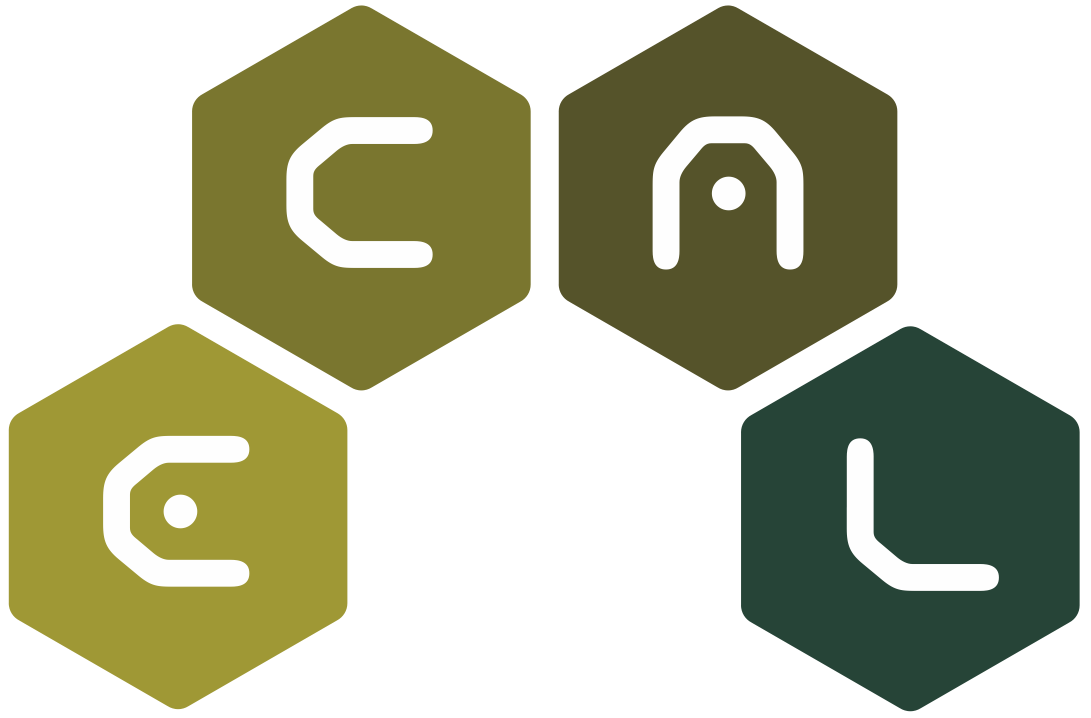Title
Investigating a cellular automata model that performs three distance diffusion on a robot path planning

Investigating a cellular automata model that performs three distance diffusion on a robot path planning
Download via this paper's page on the MIT Press ECAL 2015 Proceedings website.
An improved cellular automata (CA) model is proposed and evaluated on a path planning problem for an autonomous robot. The objective is to construct a collision-free path from the robot’s initial position to the goal by applying the improved CA model and environment pre-processed images captured during its navigation. CA rules are used to enlarge obstacles and to perform three distance diffusion. Goal distance is spread by a CA rule using the free cells. Distance diffusion spread two new metrics used for cells inside the enlarged obstacle regions. The new distances are then used to plan routes when the robot needs to pass inside enlarged obstacle regions. The algorithm performs a new path planning at each n steps of robot navigation using its current position. Our inspiration came from the possibility to mimic the cognitive behaviour of desert ants, which re-plan their path to the goal constantly in time intervals, using only local cues. An e-puck robot was used in simulated scenarios to evaluate the new CA based adaptive path planning model. The simulations show promising results on the single robot’s performance confirming that the model could also be adapted for robot swarms.